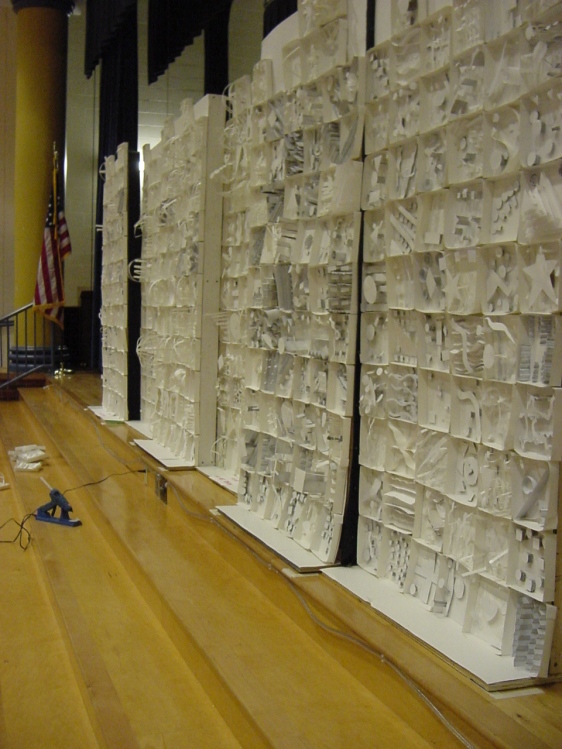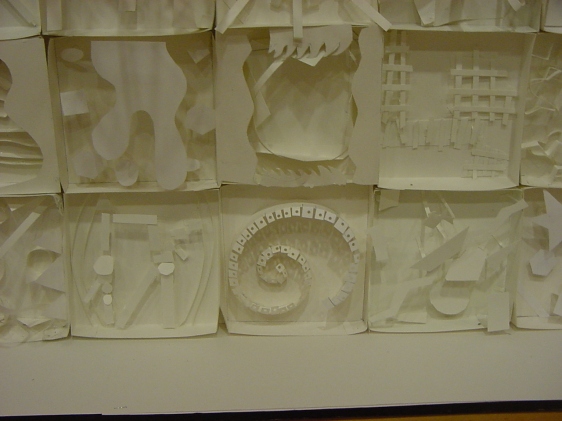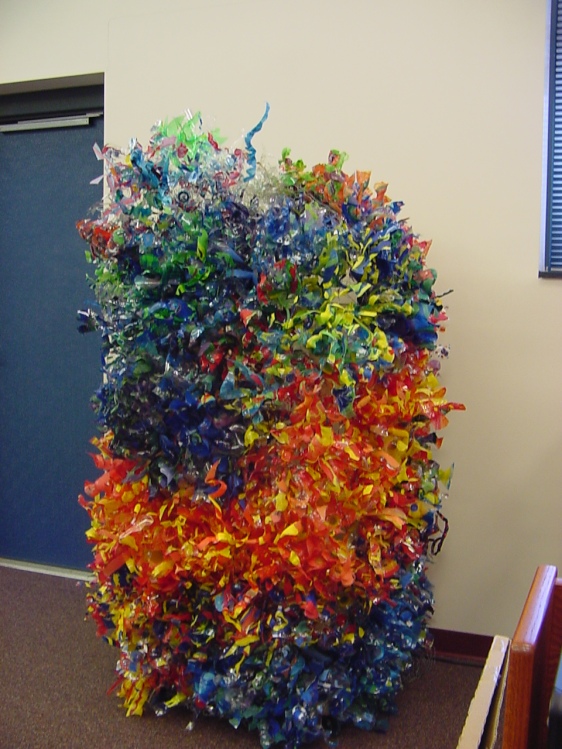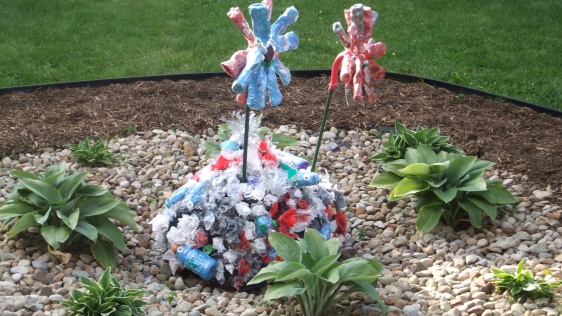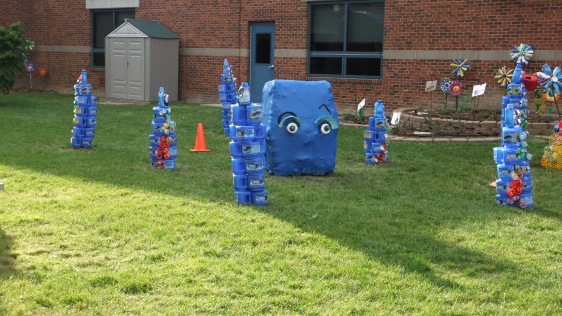With the monies I received from the Target Arts, Culture & Design in Schools Grant I purchased 5 iPads for my Art classroom to teach digital art. One of the lessons that I taught was how to make stop motion videos. The students loved this project. Since there are only 5 iPads and approximately 30 students in each classroom, they obviously have to work collaboratively on the project. I was concerned as to how different ability levels and personalities would work together and be creative. One of my favorite videos was produced by a group that consisted of two non-verbal students. It was amazing to watch how the other students in the group worked with them and help them communicate what and how they wanted to add to the project. They were extremely patient and sincerely concerned about how the learning support students wanted to express their creativity. This was a true success in digital art in the art room, but more importantly, in life skills for all.
Tag Archives: collaboration
5 REASONS TO CREATE COLLABORATIVE ART PROJECTS WITH YOUR STUDENTS:
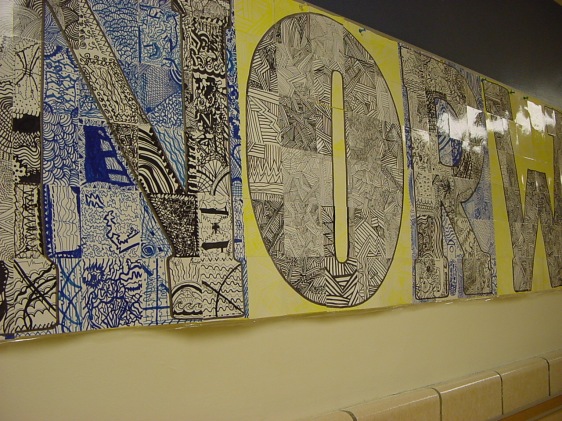 NORWIN SCHOOL DISTRICT BANNER
NORWIN SCHOOL DISTRICT BANNER
Working with students on a collaborative art project takes a lot of planning and organization on the part of the teacher. While struggling to maintain some decorum of order in the process you need to plan a schedule, supplies, and equipment. Sometimes you have to wonder if it is really worth all of the effort that you put into preparation in order to create a collaborative piece. Here are 5 reasons why I do collaborative art projects every year.
1. Patience: “Patience is a virtue.” Do you remember your mother or grandmother telling you this? It is so true! When working on a collaborative art work students must learn how to be patient. They need to recognize that the work of art is not going to be completed in one day, let alone one class period. Sometimes it can take weeks for a large piece to come together. Also, if you rush the process the end result may not be a success.
2. Learning: Students learn from each other through the process of working collaboratively. They have to make choices, use their intuition, and rely on each other’s strengths. One of the projects that I did with my students required the use of a drill. Many of the female students were intimidated by power tools but the boys were enthralled. This was definitely a time for them to shine. Surprisingly, the boys helped the girls overcome their fear by learning if you use tools correctly there is no reason to be afraid.
3. Respect: Students learn to respect each other for their skill level as well as their work ethic. If someone is not pulling their weight the overall project will suffer. When the work is too difficult they need to respect the skill set of each individual and adapt the process to make it less challenging. There is no room in collaboration for disrespect. All parties must work together to make the whole a success.
4. Team Building: Almost all students understand the nature of team playing. I have found through the years that if I equate the task of a large project to that of a team sport that my students embrace the project with more interest. They know the ground rules and realize that it takes all players to win for the team. There is no showmanship. They also realize that by working as a team the result is greater than if they worked alone.
5. Community: Although you may envision your collaborative project being a work that will enable the students to come together, it automatically becomes a community project governed by its basis. Students share with parents, grandparents, aunts and uncles the work that is being created. Word spreads and interest peaks, before you know it the community at large is curious to see what is happening at your school. Don’t become intimidated by the community. This usually works out to the benefit of the educator for parents, grandparents, and the community to get involved.
Overall the benefits of collaborative work definitely outweigh the disadvantages. The work is both challenging and rewarding for both students and teachers. Students gain knowledge, personal reward, and create art work that is large in scale as well as having a huge impact upon the school and its neighborhood.
